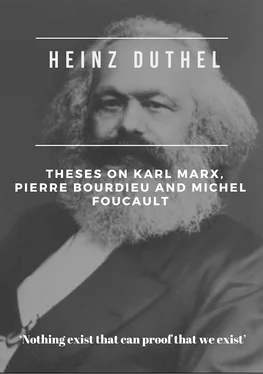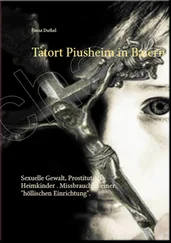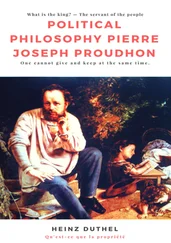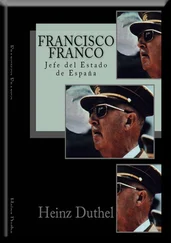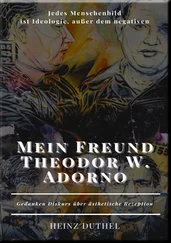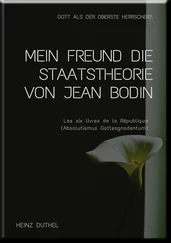Critiquing ideology though is not enough to give us a clear picture of the messy swamp of human interaction. I find my way through this swamp with Pierre Bourdieu and his notion of habitus as my guide. Michel Foucault brings to this guidebook his idea that there is some underlying structure and rationale to the process of discursive formation. I do not conceive of this chapter as a “Woollies pick-‘n-mix”; rather it is a cordon bleu arrangement of complementing and mutually enhancing components, the integration of which is considerably more satisfying and powerful than any of the parts. I hope you, the diner, will agree.
3.1 Introduction
Sie wissen da nicht, aber sie tun es
(They do not know it, but they do it)
(Karl Marx, Capital)
People know what they do, they frequently know why they do what they do, but they don’t know what what they do does.
(Michel Foucault quoted in Dreyfus and Rabinow and Dowling 1991; FLM 1991 pps 2 – 8 Gender, Class and Subjectivity.)
It is because subjects do not, strictly speaking, know what they are doing that what they do has more meaning than they know.
(Pierre Bourdieu, Outline of a theory of Practice)
In this section I discuss the link between the form of social structure and the nature of human agency, which acts as a precursor to my intention to study the structure of teachers’ understanding of their work from within a social perspective. In particular, my approach assumes an interplay between structure and agency, and this interplay needs to be conceptualised and operationalised. I see this interplay as associated with Antony Giddens ‘duality of structure’, but identify some limitations and drawbacks in the form of his conceptualisation which require an approach that is capable of uncovering determinants and influences that act between the social and the individual leading to a dialectical and dynamic constitution of both self and society. These determinants and influences appear in subsequent sections of this chapter as habitus, ideology and discourse formations.
3.1.1 Introduction
Current perspectives on schooling appear to be caught in a dichotomy, where approaches either suppress the significance of human agency or ignore the structural determinants of the social world outside of the school [Giroux, 1983 #15, p 119; Giroux, 1997 #755, p 71]. The need to consider the interplay between social structure and human agency was identified by Karl Marx when he claimed that
The principle defect of all materialism up to now – including that of Feuerbach – is that the external object, reality, the sensible world, is grasped in the form of an object or an intuition; but not as concrete human activity, as practice, in a subjective way.
[Marx, 1844 #321]
Hence, the social world is to be seen as a practice, as human activity. I have described in Chapters 1 and 2, my desire to know more about the mechanisms by which society reproduces itself. I wish to do this, not by looking at some wider overarching social practices, but to look into a critical site and understand better how it is that covert domination may be sustained through the way teachers conceptualise their work and their professional social relationships.
The basic exigency is to understand certain aspects or components of human agency and their relationship to social structure. This is tied to notions of domination and oppression, and involves a conception of power and influences. Henry Giroux sees this as part of a critical interrogation of “how human beings come together within historically specific social sites such schools in order to both make and reproduce their conditions of their existence” [Giroux, 1997 #386, p 71]. Underpinning this interrogation is an assumption that must form the foundation of a critical social theory – the dynamic and dialectical relation between structure and agency. This forms a central plank of Pierre Bourdieu’s sociological approach:
There exists a correspondence between social structures, between the objective divisions of the social world – particularly into dominant and dominated in the various fields – and the principles of vision and division that agents applied to it.
[Bourdieu, 1989 #687, p 7 quoted in \Bourdieu, 1990 #38, p 12]
This process of construction and reproduction is not well examined or understood in specific sites and seems to lack clear conceptual and methodological tools for analysis. Critical sites are those in which the very day to day struggles for identity and power are all played out. One such site is the mathematics classroom within a state secondary school. I chose this site not only because I am by profession a mathematics educator, but also because it is a critical site in the constitution of self and identity. In order to carry out such an interrogation I need to identify and conceptualise the ideas with which to describe the appropriate micro- and macro- structures and mechanisms That is the purpose of this chapter. Second, I need to develop a methodological approach which will allow me to understand, and make sense of knowledge about the social site I shall be studying that is consistent with the conceptual and theoretical framework. I do this in Chapter 5 and 6.
3.1.2 The duality of structure
One of the most endearing problems of modern social theory is to account for, and theorise the nature of human agency and its role in the maintenance and construction of social structure. That is, to theorise why do we do what we do, and just what is it that we do and how we are influenced by others and by the wider social forces to which we are subject. Anthony Giddens gives an example of his approach to this structure/agency distinction through what he terms the “unintended consequences of intended action” [Giddens, 1976 2nd Edition 1993 #231, p 84]. He uses the terminology “duality of structure” to denote the inter-relation between agency and structure, and I shall illustrate this with three quotes:
By the duality of structure I mean that social structure is both constituted by human agency and yet at the same time the very medium of that constitution.
[Giddens, 1976 2nd Edition 1993 #231, p 128]
In social theory we cannot treat human activities as though they were determined by causes in the same way as the natural events are. We have to grasp what I call the double involvement of individuals and institutions: we create society at the same time as we are created by it . . . Social systems are like buildings that are at every moment constantly being reconstructed by the very bricks that compose them.
[Giddens, 1982 #305, pps 13 - 14]
Structure is the medium and outcome of the conduct it recursively organises; the structural properties of social systems do not exist outside of the action but are chronically implicated in its production and reproduction.
[Giddens, 1984 #134, p 374]
There is a clear a debt to Karl Marx in the development of Anthony Giddens’ ‘structuration theory’, which Anthony Giddens recognises as
an extended reflection upon a celebrated and oft-quoted phrase to be found in Marx . . ‘Men make history but not in circumstances of their own choosing’
[Giddens, 1984 #134, p xxi]
I do not want to present this approach as unproblematic or uncontentious. However, a central issue is the necessity to try to understand and describe the contribution that human subjects make to the endearing social forms, norms and subjectivities, and in turn how engagement in the social world, might influence a teacher. This requires teasing apart the duality, rather than clouding it or negating it. That is, how can the mathematics teacher be seen as deriving the logic of their practice from the social world? Central to this project is the notion that the engagement in the social world is a multi-layered complex phenomenon, in which we must eschew simplistic notions of overt domination or repression, and conversely simplistic notions of power.
Читать дальше
